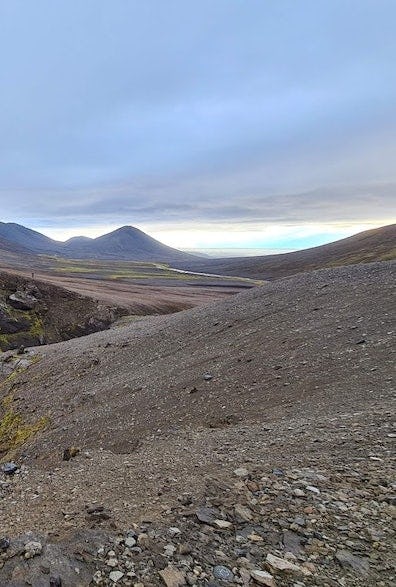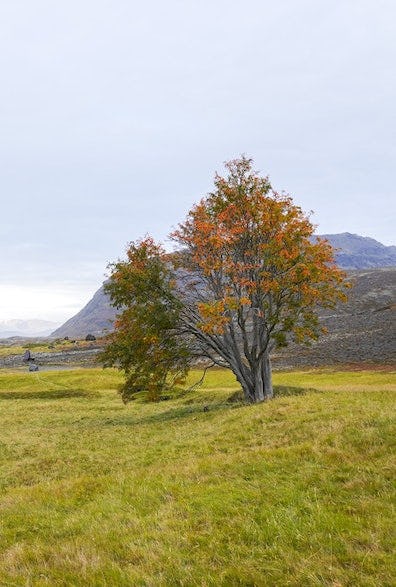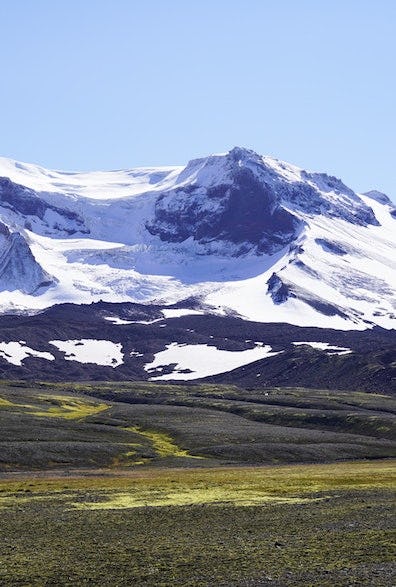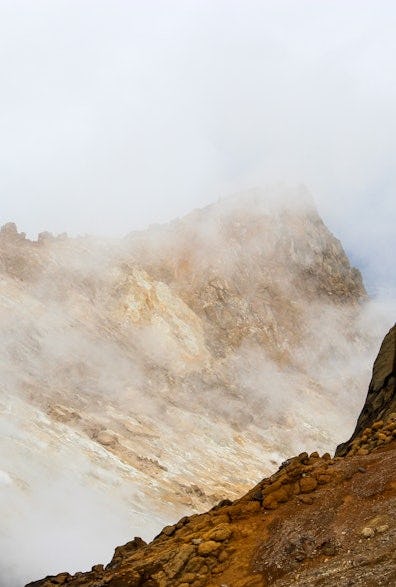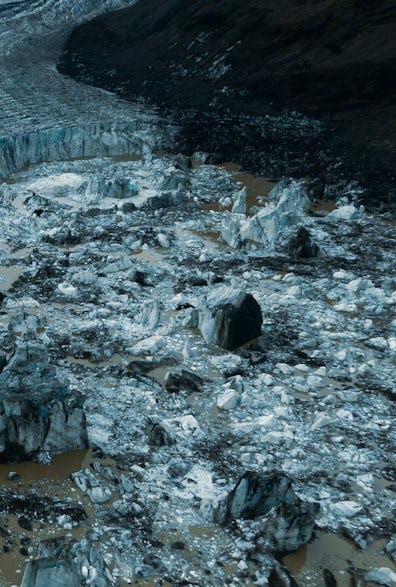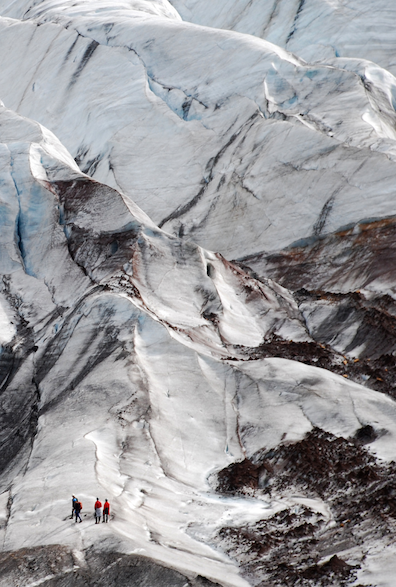Biome
The diverse landscape, geology and climate determine the nature of ecosystems within the National Park. The area has a highly varied vegetation and animal life, from seemingly lifeless wastelands to areas with great biodiversity.
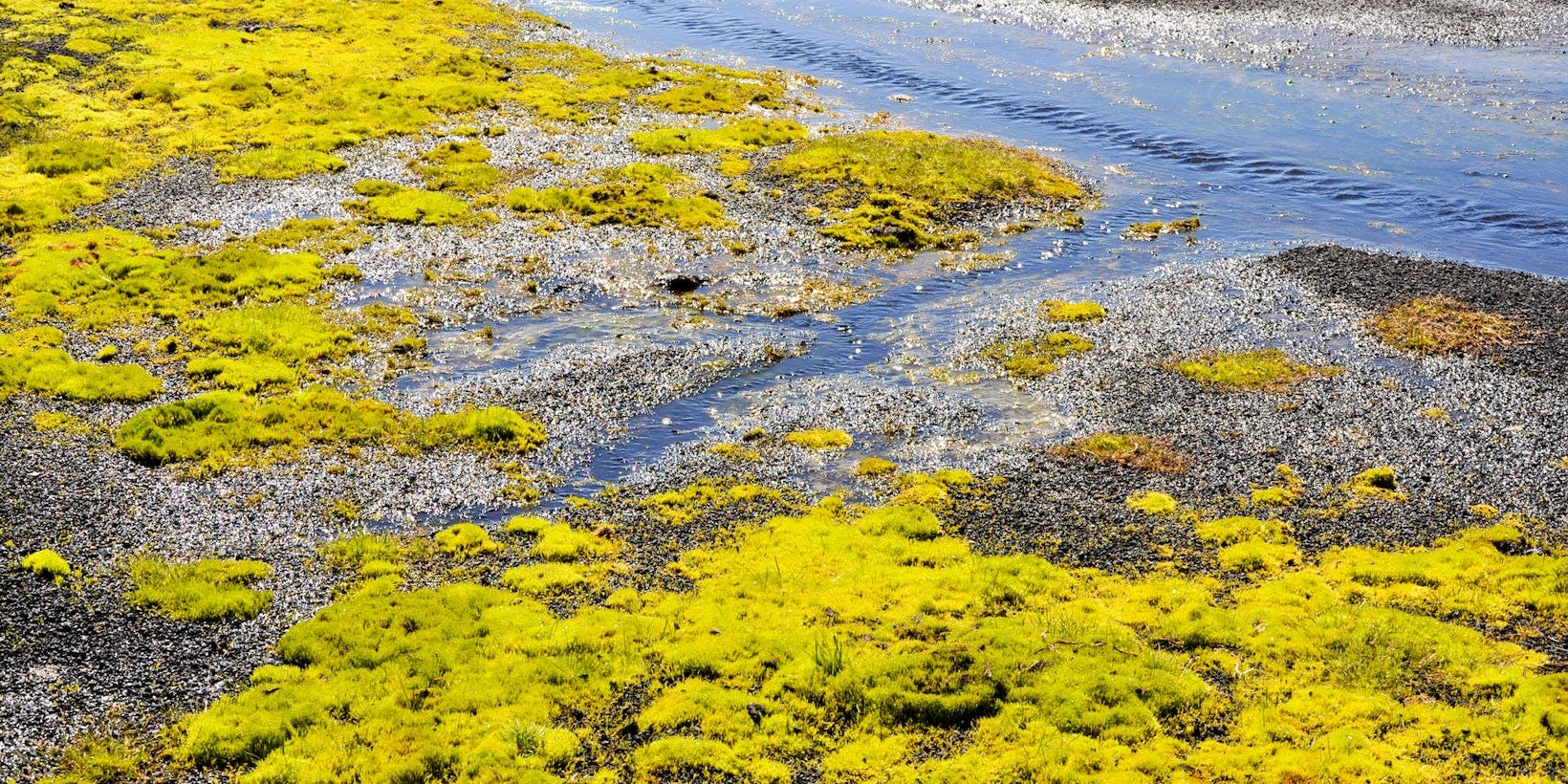
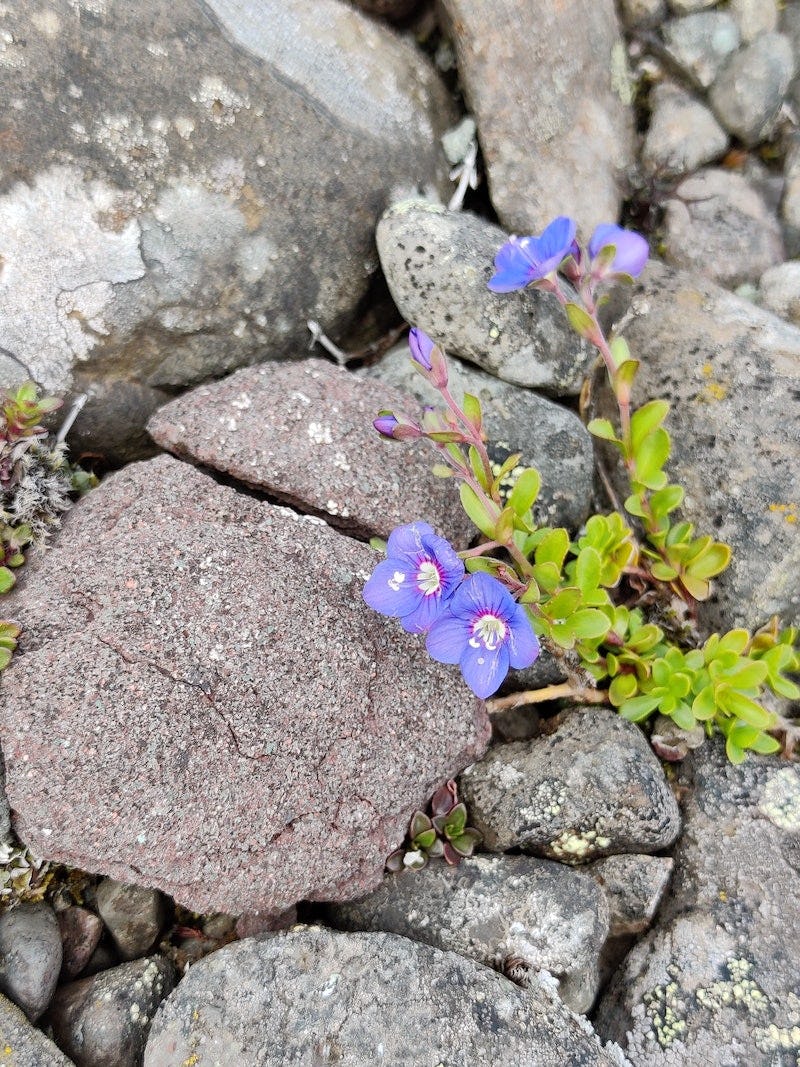
Unique biota
The vegetation is varied in nature, there are glacial plains devoid of plants, continuous highland vegetation, wetlands, lush oases on the edges of lava fields, swaths of moss, heathland and birch forests. The animal life in the National Park reflects the diversity of the landscape, climate and vegetation of the area. Under the surface there is also a highly notable and ancient ecosystem to be found. Springs and subterranean crevices are home to amphipods that originated during the ice age, and the ciliata on which they feed, and in the isolated spring systems of glacial rivers remarkable variants of dwarf char, in addition to which there are unique hot spring microbes and other microbial life to be found in the high temperature areas within and outside the glacier.
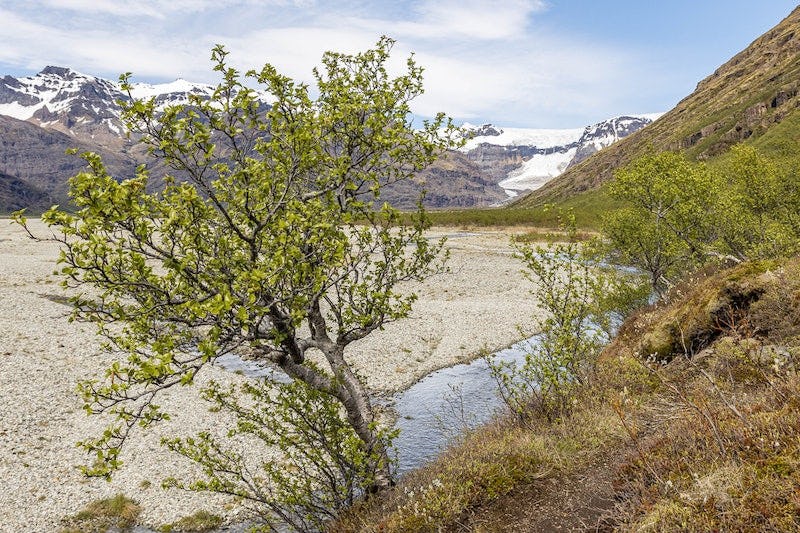
Vegetation
The rugged highlands to the north of Vatnajökull is the driest area in Iceland, whereas the areas on its southwest, south and east fringes are the highest precipitation areas in the country. The vegetation and hydrography of the National Park reflects this great variety in precipitation and the difference in water retention capacity of the bedrock and the soil and sediment that lies atop it.
To the north of the glacier there are vast newly-formed lava areas and glacial plains that are very sparse in higher plants. However, lichen of the species Stereocaulon vesuvianum flourish in the lava fields at Krepputunga and Ódáðahraun. On hyaloclastite ridges, lava formations and pumice in the southwest part of the National Park where the precipitation is the highest, moss, especially Racomitrium lanuginosum, dominates and in some places they form up to 90% of all vegetation. This is where three habitat types can be found that are connected with volcanic activity and humid climate and are not found in many places outside the highlands, which are lava moss ecosystems that include species such as Stereocaulon vesuvianum and Racomitrium ericoides. Thickly vegetated oases at Herðubreiðarlindir, Jökulsárgljúfur and in many places under the southern slopes of Vatnajökull form a sharp contrast to the wastelands, where rich flora of higher plants can be found with scrub and floral growth. Eyjabakkar has one of the largest wetland areas on in the highlands of Iceland. South of the glaciers there are tall birch forests in dales and on hills, especially at Skaftafell. In the birch forests at the southeastern edge of Vatnajökull there is an unusual lichen growth that includes rare species, and they are also home to rare higher plant species.
Fauna
The fauna reflects the nature of the vegetation. The wastelands to the north and west of the glacier have little to offer the local wildlife. Snæfellsöræfi, the area on the northeast fringe of the National Park, attracts large numbers of pink-footed geese that lay their eggs there, and Eyjabakkar are among the most important areas where they shed their feathers. The area south of Vatnajökull is rich in birdlife, and about 75 species of birds have laid their eggs there. Skeiðarársandur and Breiðamerkursandur are important nesting areas for great skua, red phalarope and barnacle goose. At the roots of the mountainous area on the southeastern fringe of the National Park is the habitat of the largest species of beetle in the country, carabus problematicus. There are about 2,000 reindeer running free in their summer pastures in Snæfellsöræfi, and a vast number of them stay in the lowlands on the southeastern fringe of the National Park in the wintertime. Rivers and lakes are home to local char and trout species, some of which were isolated in the area at the end of the ice age.
